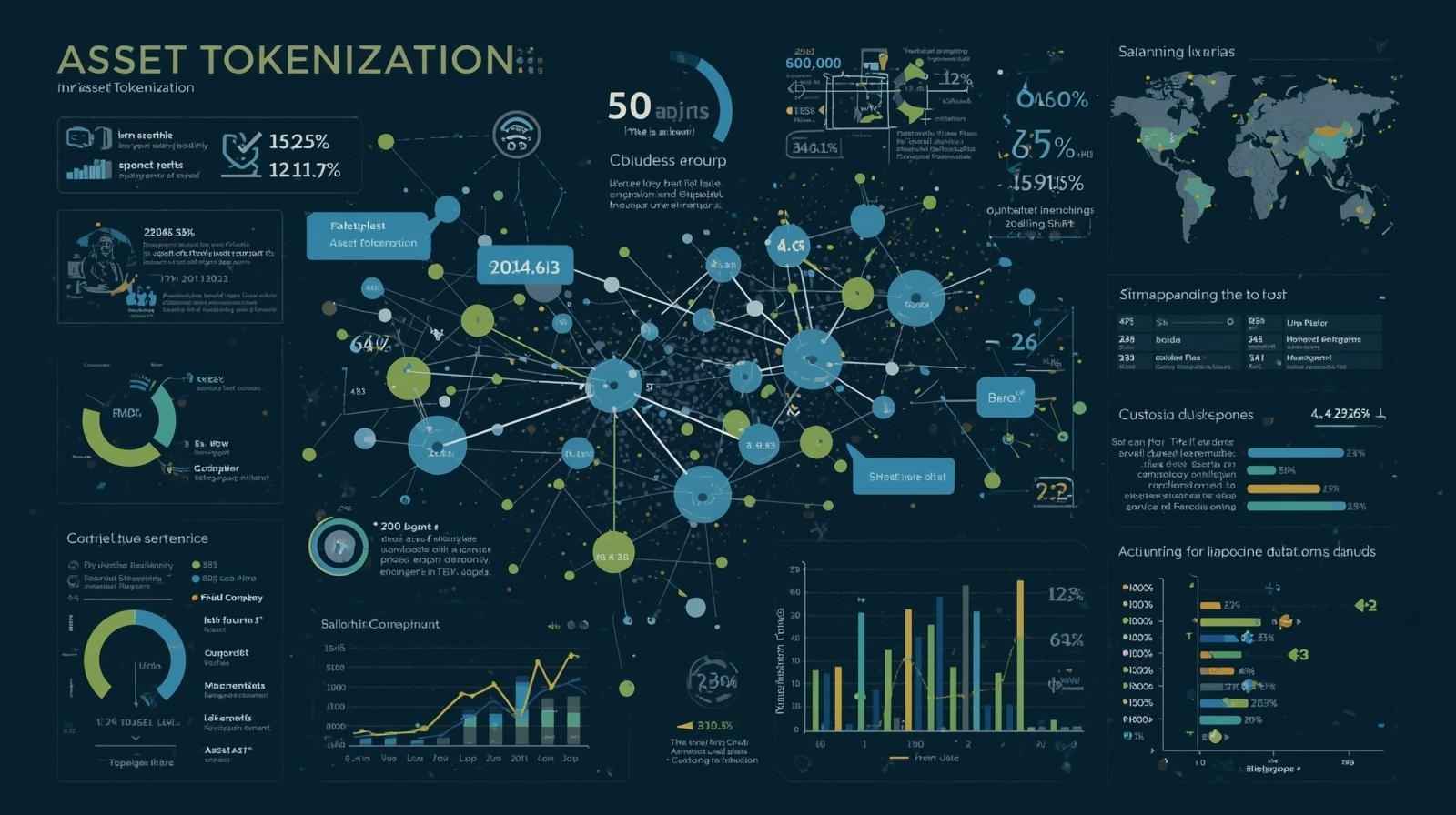
Continuous on-chain risk scoring is rapidly redefining the landscape of under-collateralized DeFi lending. For years, decentralized lending protocols leaned heavily on over-collateralization to manage borrower default risk. This approach, while robust, has stifled capital efficiency and excluded many creditworthy participants who lack substantial crypto holdings. The rise of real-time, transparent risk metrics is now opening new frontiers for both lenders and borrowers in the decentralized finance ecosystem.

From Static Collateral to Dynamic Risk Assessment
Traditionally, DeFi protocols required borrowers to deposit assets far exceeding loan values, often locking up 150% or more as collateral. This model made sense in an environment where little was known about users beyond their wallet addresses. However, it also meant that capital sat idle and only those with significant digital assets could participate meaningfully.
The emergence of continuous on-chain risk scoring changes this paradigm entirely. By analyzing a borrower’s historical blockchain activity, including transaction patterns, prior repayment behavior, liquidation events, and even interactions with other protocols, platforms can now assign quantitative credit scores that update in real time. This enables lending platforms to dynamically adjust loan-to-value (LTV) ratios and interest rates based on a borrower’s risk profile rather than relying solely on static collateral requirements.
Recent academic research underscores this shift. The 2024 paper On-Chain Credit Risk Score in Decentralized Finance introduced the OCCR Score, a probabilistic framework quantifying wallet-level credit risk based entirely on public blockchain data. Such frameworks empower protocols to set more nuanced LTV ratios and liquidation thresholds that reflect actual borrower reliability rather than arbitrary collateral multiples.
Pioneers in Real-Time DeFi Risk Metrics
A number of platforms are leading the charge toward a more inclusive and efficient DeFi credit market:
- Cred Protocol: Building decentralized credit scores to broaden access to under-collateralized loans by quantifying user-specific lending risks.
- Spectral Finance: Introducing the Multi-Asset Credit Risk Oracle (MACRO) score, an on-chain analog to traditional FICO scores, using wallet activity across multiple blockchains.
- RociFi: Employing a multifaceted scoring system that evaluates fraud risk, reputation signals, and repayment history for more accurate under-collateralized lending decisions.
This evolution is not merely technical but philosophical: it reorients DeFi from a system that prizes asset-heavy participants toward one that rewards proven reliability and transparency. As these systems mature, they promise broader participation without sacrificing lender protection.
The Mechanics Behind Continuous On-Chain Scoring
The core innovation behind continuous on-chain scoring lies in its ability to provide real-time updates as new data becomes available. Every loan repayment, missed payment, or liquidation event is immutably recorded on-chain, feeding directly into evolving credit profiles. Advanced algorithms process these signals alongside metrics such as wallet age, transaction diversity, protocol usage patterns, and even social reputation indicators where decentralized identity solutions are integrated.
This granular approach allows for highly individualized risk assessment. Instead of treating all borrowers as equally risky until proven otherwise (the logic behind over-collateralization), protocols can recognize nuanced differences between users based on verifiable behavior over time.
The result? Lending parameters such as LTV ratios and interest rates become responsive rather than static, shifting dynamically as each borrower’s profile evolves with every interaction. This not only unlocks greater capital efficiency but also enables fairer access for those previously sidelined by rigid collateral demands.
Toward Greater Transparency and Trust in DeFi Credit Markets
The adoption of continuous risk metrics does more than improve capital allocation; it fundamentally enhances trust within the ecosystem. Transparent scoring methodologies allow both lenders and borrowers to understand how decisions are made, reducing opacity and promoting accountability across protocols. Platforms like Cred Protocol have published detailed documentation explaining how their models function (see here). For an in-depth look at how these innovations are transforming decentralized lending markets through advanced analytics, see our resource: How On-Chain Risk Scores Are Transforming Under-Collateralized Crypto Lending.
Continuous on-chain risk scoring is not only a technical leap forward but a structural shift for risk management in decentralized finance. By making risk assessments transparent and automatically updated, these systems mitigate information asymmetry and help align incentives between lenders and borrowers. This level of openness is essential for building robust DeFi credit markets that can rival traditional finance in both scale and trustworthiness.
Moreover, the integration of decentralized identity (DID) frameworks with on-chain credit scoring is further enhancing reliability. Borrowers can now establish persistent reputations across protocols, while lenders gain a more holistic view of prospective counterparties. This cross-protocol portability means that positive borrowing behavior on one platform can unlock better terms elsewhere, fostering healthy competition and rewarding responsible actors throughout the ecosystem.
Risks, Limitations, and the Path Forward
While continuous risk assessment holds tremendous promise, it is not without challenges. Data privacy remains a concern as granular transaction histories are analyzed to build credit profiles. Protocols must balance transparency with user confidentiality, especially as regulatory scrutiny increases globally. Furthermore, algorithmic biases or poor data quality could inadvertently penalize certain users or fail to capture off-chain risks such as legal disputes or coordinated attacks.
Another critical consideration is the resilience of these models during market stress events. As seen in historical episodes like the 2022 crypto deleveraging, even sophisticated on-chain metrics may be tested by sudden liquidity crunches or cascading liquidations. Therefore, continuous refinement of scoring algorithms and robust stress testing are essential as DeFi matures.
Unlocking Capital Efficiency and Financial Inclusion
The ultimate impact of continuous on-chain risk scoring will be felt in increased capital efficiency and broader financial inclusion within DeFi. By enabling under-collateralized lending based on real-time behavioral data rather than static asset holdings, protocols can extend credit to previously underserved segments, including small traders, emerging market participants, and those with strong repayment histories but limited collateral.
This evolution has the potential to bring trillions of dollars into decentralized markets by unlocking dormant capital and empowering a new generation of crypto-native borrowers. As platforms iterate on their models and integrate richer data sources, such as social reputation signals or verified off-chain income, the boundaries between traditional and decentralized credit systems will continue to blur.
For readers interested in a deeper dive into how these advanced analytics are shaping DeFi lending risk management today, we recommend exploring our feature: How On-Chain Risk Scores Enable Under-Collateralized Lending in DeFi.





